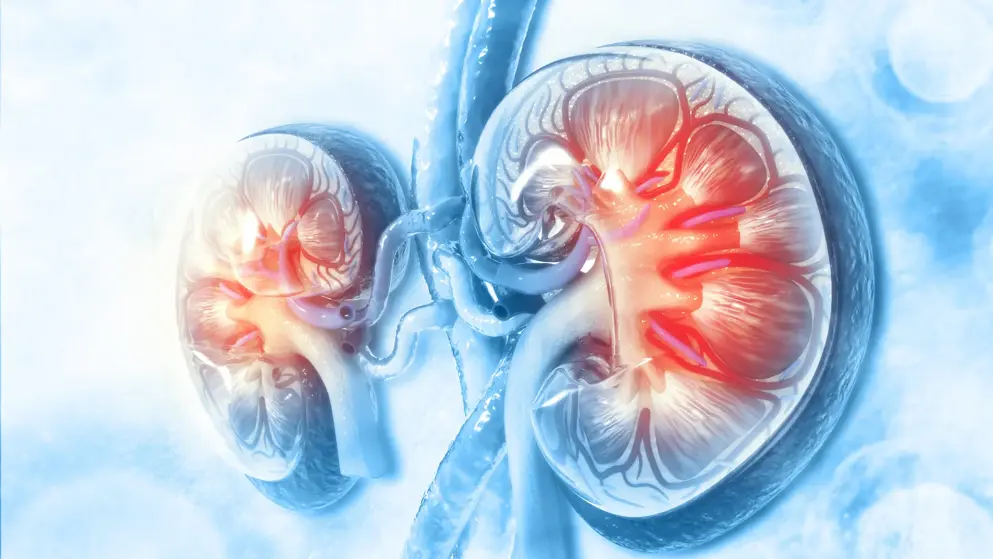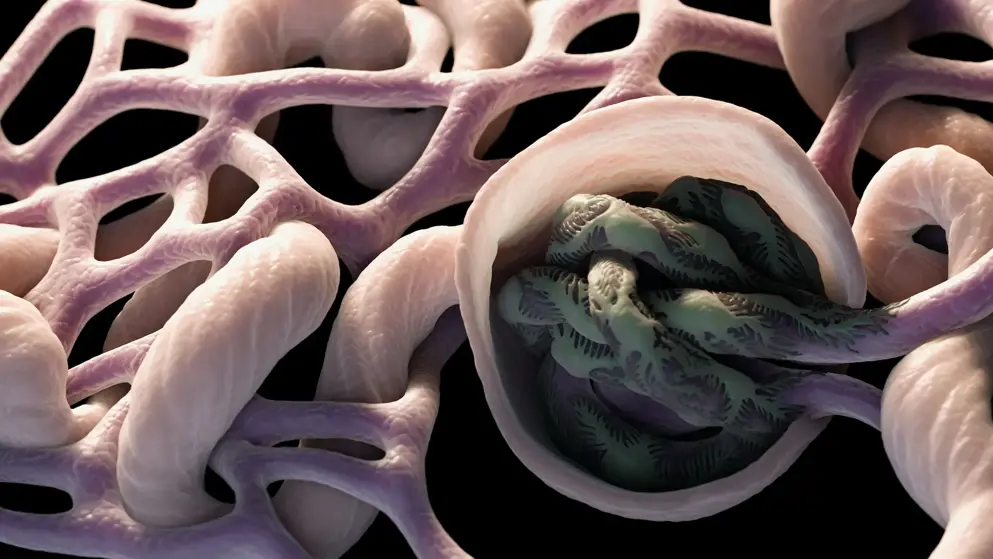Focal Segmental Glomerulosclerosis: State-of-the-Art and Clinical Perspective
Focal Segmental Glomerulosclerosis: State-of-the-Art and Clinical Perspective
Focal segmental glomerulosclerosis (FSGS) is a histological pattern of glomerular injury, rather than a single disease, that is caused by diverse clinicopathological entities with different mechanisms of injury with the podocyte as the principal target of lesion, leading to the characteristic sclerotic lesions in parts (i.e., focal) of some (i.e., segmental) glomeruli. The lesion of FSGS has shown an increasing prevalence over the past few decades and is considered the most common glomerular cause leading to ESKD. Primary FSGS, which usually presents with nephrotic syndrome, is thought to be caused by circulating permeability factors that have a main role in podocyte foot process effacement. Secondary forms of FSGS include maladaptive FSGS secondary to glomerular hyperfiltration such as in obesity or in cases of loss in nephron mass, virus-associated FSGS, and drug-associated FSGS that can result in direct podocyte injury. Genetic FSGS is increasingly been recognized and a careful evaluation of patients with atypical primary or secondary FSGS should be performed to exclude genetic causes. Unlike primary FSGS, secondary and genetic forms of FSGS do not respond to immunosuppression and tend not to recur after kidney transplantation. Distinguishing primary FSGS from secondary and genetic causes has a prognostic significance and is crucial for an appropriate management. In this review, we examine the pathogenesis, clinical approach to distinguish between the different causes, and current recommendations in the management of FSGS.
Read abstract on library site Access full article
Featured Learning Zones
You may be interested in...
The 2023 update of the German Society of Neurology’s guideline on Parkinson’s disease (PD) provides detailed recommendations on the use of transcranial brain parenchyma sonography (TCS) for early and differential diagnosis. This update addresses previously unspecified diagnostic criteria and investigator qualifications, offering a robust framework based on a systematic literature review.




